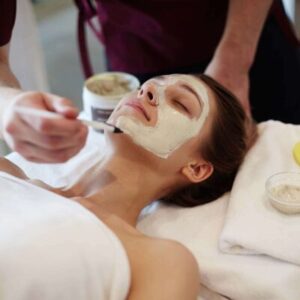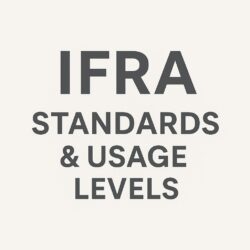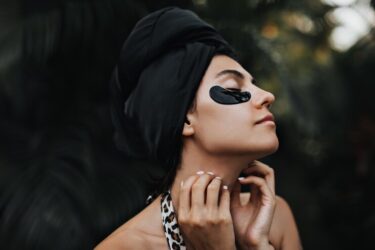Introduction
Niacinamide, a form of vitamin B3, continues to be a standout ingredient in the cosmetics industry, even as 2025 begins. Known for its versatile benefits, it addresses a wide range of skin concerns, making it a staple in many skincare formulations. This post explores the properties, uses, and formulation tips for niacinamide while highlighting its sustained popularity in the beauty industry.

What is Niacinamide?
It is a water-soluble vitamin that offers exceptional skin benefits. Unlike some active ingredients, it is suitable for almost all skin types, including sensitive and acne-prone skin. It works synergistically with other skincare ingredients, enhancing their efficacy and providing visible improvements.
Properties of Niacinamide
- Anti-inflammatory: Reduces redness and irritation, making it ideal for sensitive skin and conditions like rosacea.
- Brightening: Helps fade dark spots and hyperpigmentation by inhibiting melanin production.
- Hydrating: Boosts the skin’s natural barrier function, improving moisture retention.
- Oil-regulating: Minimizes excess sebum production, making it a favorite for acne-prone skin.
- Anti-aging: Stimulates collagen production and reduces the appearance of fine lines and wrinkles.
Uses in Skincare
It is versatility allows it to be used in various skincare products, such as:
- Serums: Concentrated niacinamide serums deliver targeted benefits.
- Moisturizers: Improves hydration while addressing additional concerns like redness or pigmentation.
- Toners: A gentle option for preparing the skin for subsequent treatments.
- Sunscreens: Enhances the protective effects of UV filters.
- Cleansers: Maintains skin barrier integrity while cleansing.
Why Niacinamide Remains Popular
1. Consumer Awareness
Consumers are increasingly knowledgeable about active ingredients. its reputation as a “do-it-all” ingredient has kept it in demand.
2. Multifunctional Benefits
Brands are focusing on multifunctional products, its ability to address multiple skin concerns makes it a go-to choice.
3. Sustainability
It is derived from sustainable sources, aligning with the growing demand for eco-friendly skincare.
4. Inclusivity
Its compatibility with all skin types ensures inclusivity, catering to a diverse consumer base.
Recommended Use Levels
- Typical concentration: 2% to 5% for general skincare.
- Higher concentrations: Up to 10% for targeted treatments like acne or pigmentation.
Formulation Tips
- It is water-soluble and works well in formulations with a pH range of 0 to 7.0.
- Avoid combining with highly acidic ingredients like pure Vitamin C (Ascorbic Acid) to prevent potential reactions.
- Incorporate in the cooling phase of emulsions to maintain stability.
Leading Brands Using Niacinamide
- The Ordinary: Known for its affordable 10% Niacinamide + Zinc serum.
- Cerave: using in its hydrating cleansers and moisturizers.
- Olay: Using in its anti-aging and brightening product lines.
- La Roche-Posay: Incorporates it in its products for sensitive skin.
Where to Source Niacinamide
Here are some trusted suppliers for cosmetic formulations:
- BASF: Offers high-quality for skincare formulations.
- DSM: A leading provider of vitamins, including niacinamide, with excellent purity.
- Evonik: Supplies niacinamide as part of its portfolio for active skincare ingredients.
Conclusion
Niacinamide’s remarkable versatility and effectiveness continue to make it a staple in the cosmetics landscape. Whether you’re formulating serums, moisturizers, or sunscreens, incorporating this ingredient ensures consumer satisfaction and delivers noticeable results.
Need help sourcing of this or creating formulations? Contact us today for expert guidance and supplier recommendations and also read more about emollient isohexadecane!



